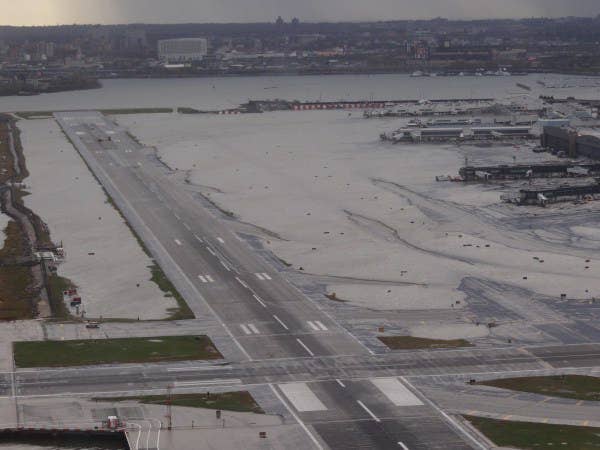
Climate change is creeping onto the list of airport miseries, with rising seas and storm surges threatening some of the nation’s busiest runways over the next century.
“A lot of our major airports are in low-lying coastal areas,” Jennifer Jacobs, the lead author on the transportation chapter in the Fourth National Climate Assessment, told BuzzFeed News. “They are right there at the front line.”
Unfortunately, taking action is not easy or cheap. “You can’t just move an airport, and it’s difficult to raise it,” said Jacobs.
Back in 2012, the Federal Aviation Administration identified 13 major airports with runways at risk of moderate to high storm surge and rising seas, spanning nine states and territories (California, Florida, Hawaii, New Orleans, New York, New Jersey, Philadelphia, Puerto Rico, and Virginia).
That was the same year Superstorm Sandy put the Northeast on notice — Sandy was a historic storm that triggered flooding at the three major airports serving New York City: LaGuardia, JFK, and Newark.
LaGuardia Airport in New York
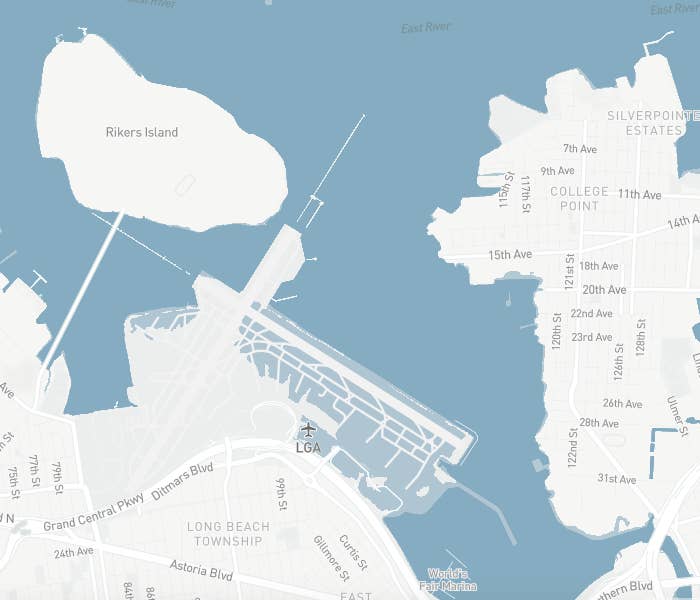
Of those three, LaGuardia was the worst hit by Sandy — and faces perhaps the biggest risk on the East Coast in the long term. According to a Climate Central analysis, even in a world that takes moderate emissions reductions, LaGuardia is largely in the so-called “risk zone” for annual flooding from rising seas by 2050.
Other cities not impacted by Sandy also saw that storm as a wake-up call.
“Our efforts were really driven by Hurricane Sandy,” said Peter DeBruin, climate mitigation and resiliency manager for the Massachusetts Port Authority, which oversees Boston Logan International Airport. If that storm had veered farther north, DeBruin said, Boston would have been impacted.
The very next year Boston Logan International Airport started studying its climate vulnerabilities, and in 2014 started raising and waterproofing some of its facilities. One of its top priorities now is preparing the airport for the present-day worst-case scenario, which according to DeBruin is a Category 2 or 3 hurricane striking just before high tide. But the staff is thinking about longer-term risks, too, and has done climate projections out to 2070.
Philadelphia International Airport in Pennsylvania
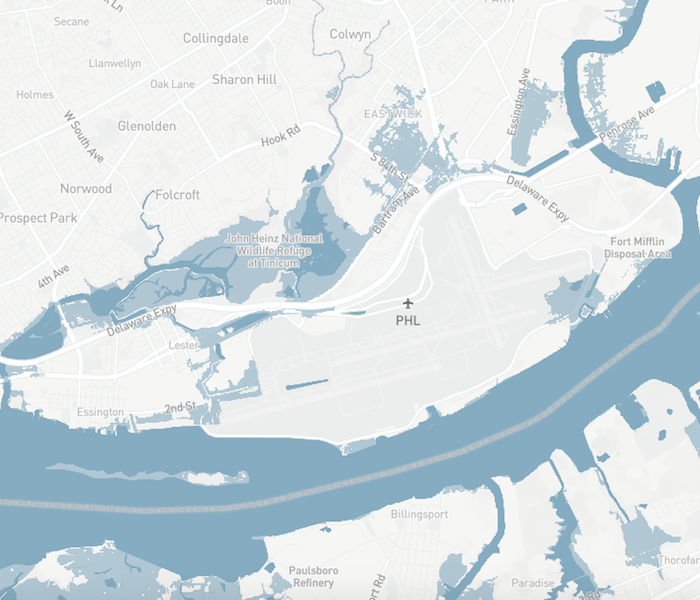
Pennsylvania’s Philadelphia International Airport risks flooding in the not-so-distant future. This airport has also started to assess its risks from flooding and extreme weather, according to the airport’s environmental manager Ray Scheinfeld, and has put in place a flood management plan that’s slated to be updated every two years.
San Francisco International Airport in California
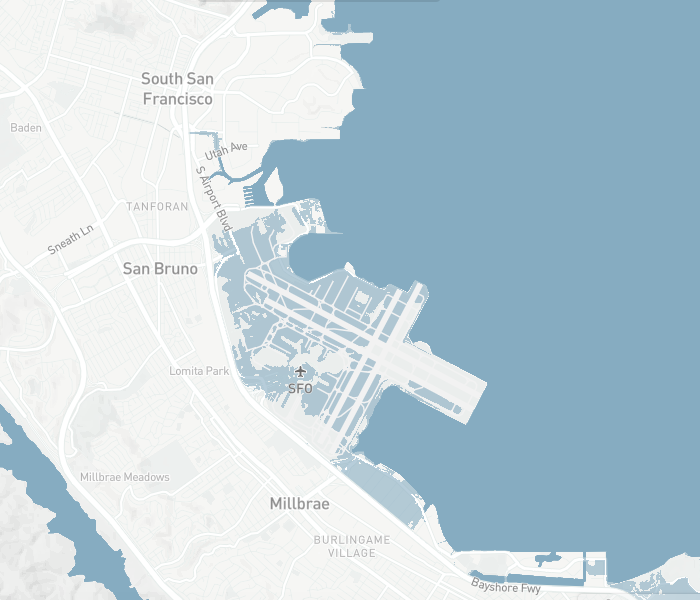
On the opposite side of the country, both San Francisco International Airport and Oakland International Airport in the Bay Area also could see annual flooding by 2050.
The San Francisco airport has been studying its climate risks for years. It’s in the process of getting permits to build new protections around some of its vulnerable facilities, including a wastewater treatment plant. The new construction is expected to start in the mid-2020s and has a budget of $383 million, according to airport spokesperson Doug Yakel. The neighboring Oakland airport, meanwhile, plans to start construction on its own improvements next year.
Tampa International Airport in Florida
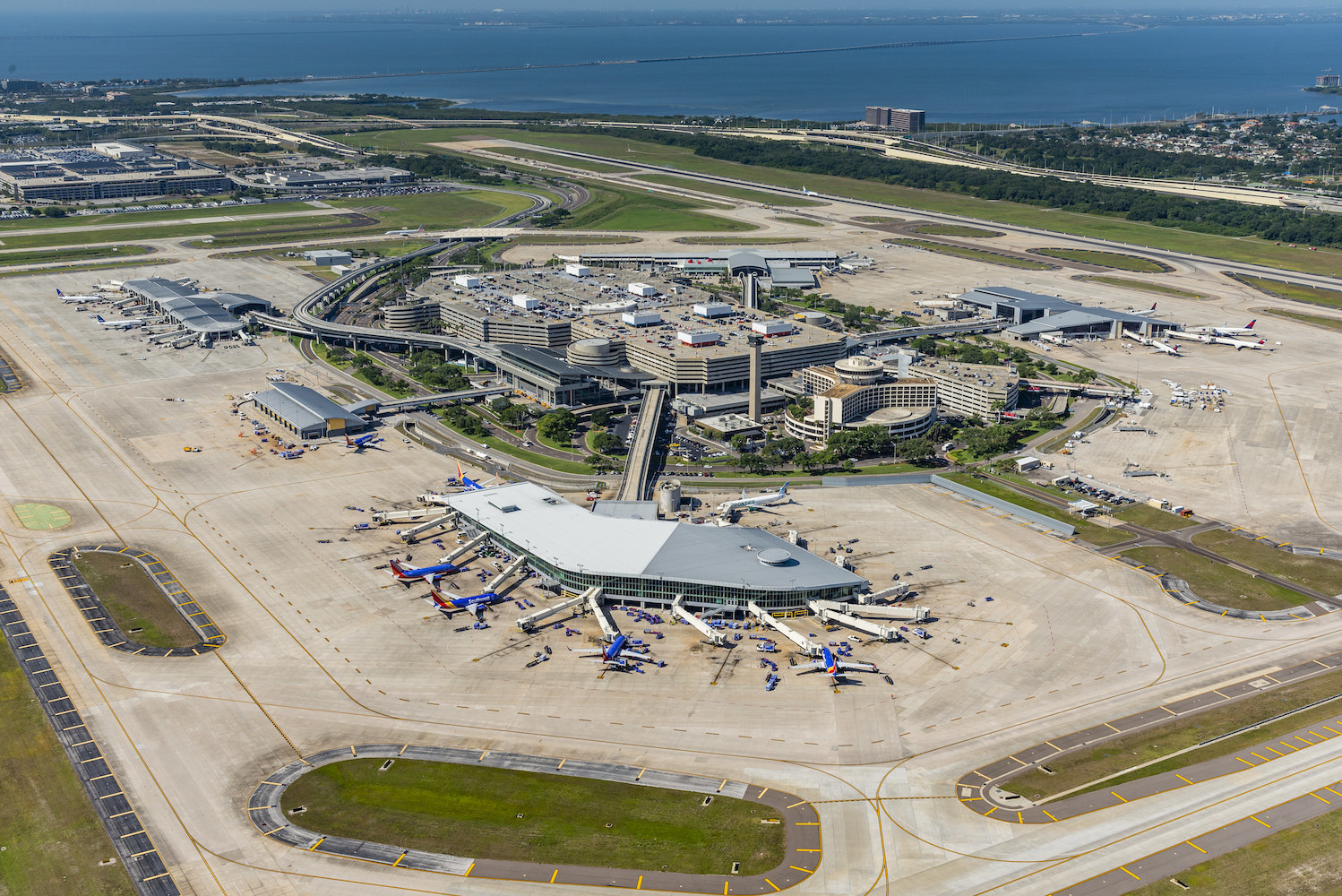
The state with the likely most exposed airports is Florida. Tampa International Airport, for example, launched a resiliency study to assess its risk from sea level rise and other threats that is scheduled to finish by September 2019, according to Melissa Solberg, the airport’s sustainability manager. The airport, along with two others, is also building a new shared office that will be more climate-ready.
Sky Harbor International Airport in Phoenix, Arizona
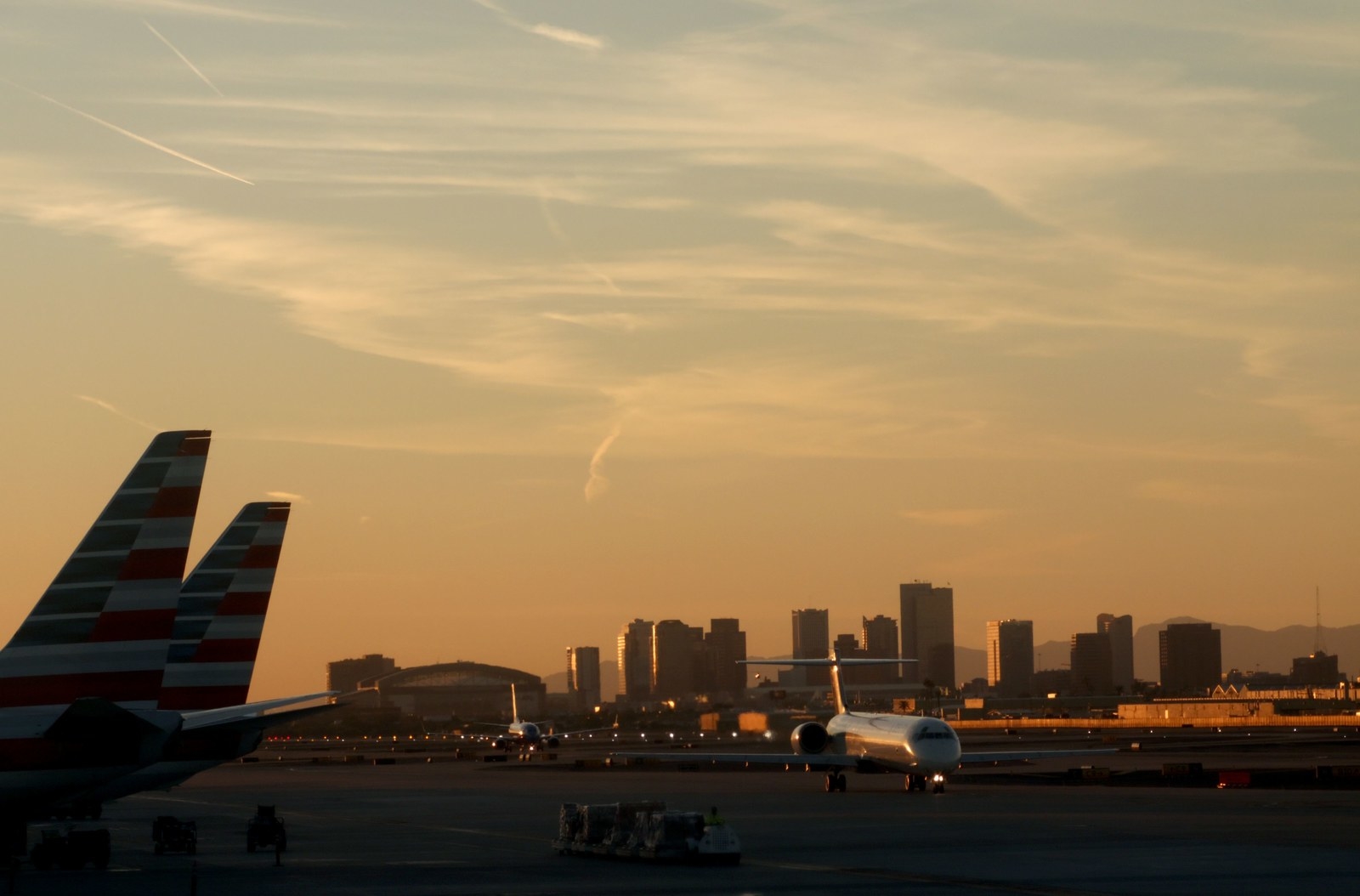
It’s not just coastal airports that face climate impacts. Extreme heat already impacted service at the Phoenix Sky Harbor International Airport in 2017, when some flights were canceled in mid-July due to temperatures hitting about 120 degrees Fahrenheit. At such hot temperatures, it’s hard for planes to lift off the ground. In early 2018, the upper temperature threshold for certain planes to fly in was increased from 117.86 to 123.8 degrees Fahrenheit.
“Is this really something people have to deal with? Yes, and sooner than you think,” said Paul Chinowsky, another author of the Fourth National Climate Assessment. The main message to people working in airports, Chinowsky said: “You need to plan now.”
Ronald Reagan Washington National Airport in Virginia
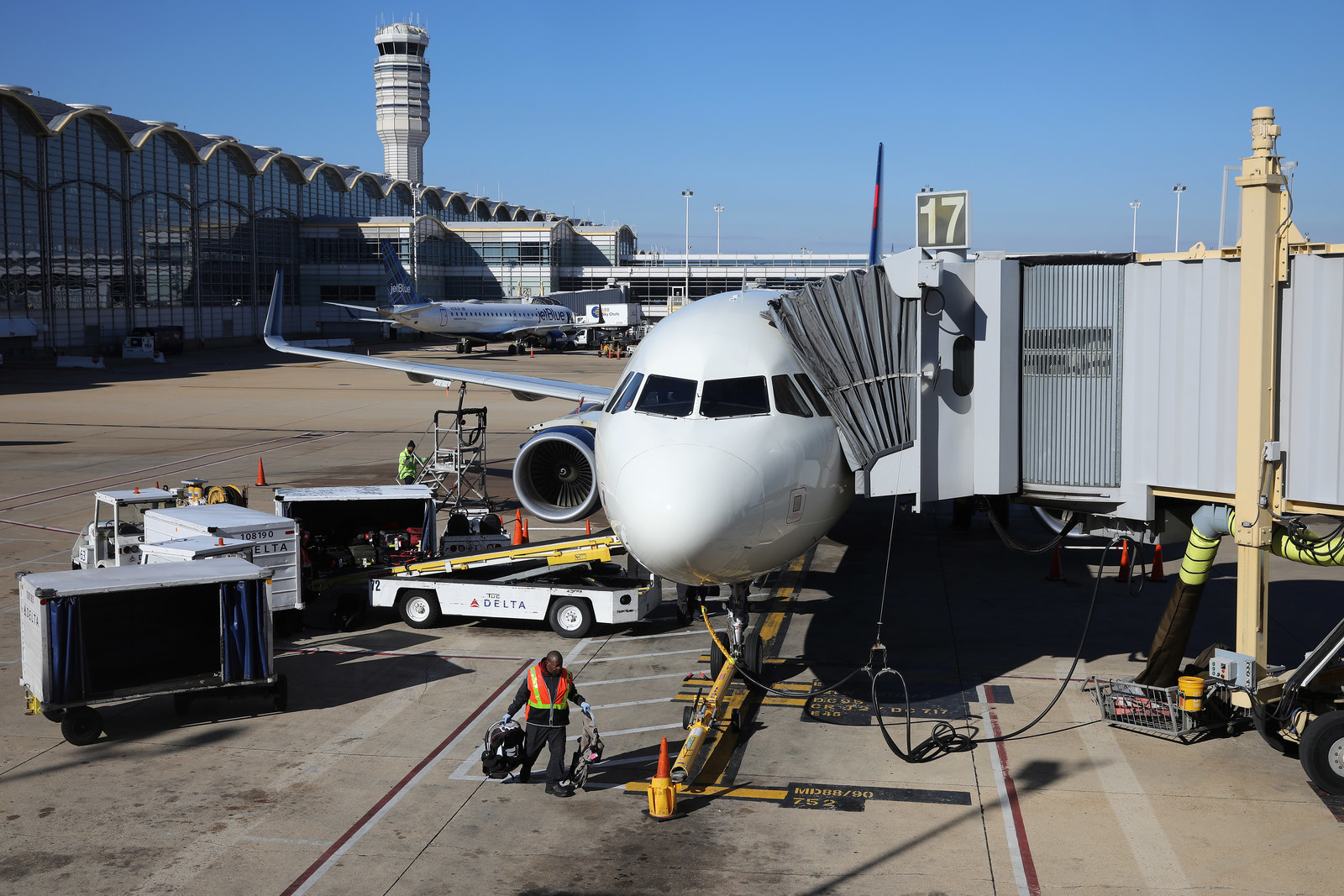
While all of these airports already have plans underway to better prepare for a warming world, others have done little. Ronald Reagan Washington National Airport in Virginia has only started to think about the threat. According to a 2011 analysis for the Washington, DC, area, the airport would see major flooding under the worst-case scenario that predicts upwards of 16 feet of sea level rise. Meanwhile, a National Oceanic and Atmospheric Administration tool suggests that even with 10 feet of sea level rise or less, the airport could see damaging floods.
Although climate change is acknowledged as a threat, Andrew Trull, a spokesperson from the Metropolitan Washington Airport Authority, told BuzzFeed News, “we have not at this point taken any steps to really develop a long-term mitigation.”
